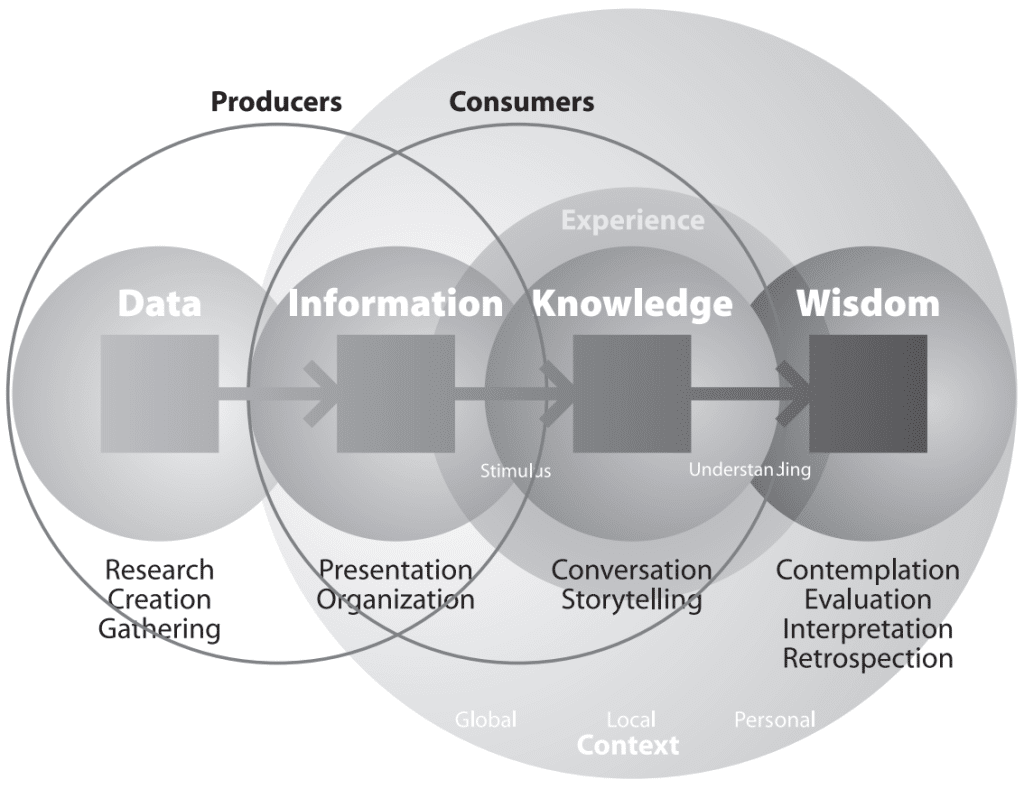
What is data contextualization?
Data contextualization is the process of enriching and interpreting collected data by providing relevant context to derive meaningful insights and make informed decisions. It involves understanding the circumstances, conditions, and factors surrounding the data to fully comprehend its significance. Without context, data can be misleading or meaningless, making the process of data collection futile.
Let me begin this post with an example of data collection and data interpretation with the context. You check out the time spent on a blog post by a user and find that to be 30 minutes. You are deliriously happy that the user has spent so much time reading your work. What if the user had slipped into the kitchen to fix a cup of coffee, and then come back to glance through your post, before moving on to another page? The time spent on the post still shows 30 minutes, though you are not quite sure anymore that it means good news for you, since the user barely read a single line!
This is the crux of my post today. Data is meaningless without context. The data you collect in the above example that of time spent on the web page to be 30 minutes, is misleading because you have not put that figure into a context.
In my experience of interviews with clients and digital marketing teams, I have noted that sales pitches are rarely clinched on data and statistics alone. You have to place them in a context and explain what the numbers mean. Data and numbers simply explain how you have done in the days gone by. It does not throw any light on the days ahead. That is what business owners need to know: the path ahead.
You can shed light on the roadmap ahead only when you draw conclusions from your data and numbers. Take a cue from what a renowned Harvard University professor’s theory: data is of the past; it cannot help you foresee the future. Only by placing the data in a context can you achieve that end.
It is also a fact that business and brand owners often misread data to think that because the numbers are good, or great, it means the work can proceed ahead on autopilot mode! I have known digital marketing teams being shown the door despite excellent statistics of achievement because the client felt that when such numbers are already under the belt, there is no need for a team anymore! You can dispel those ideas only when you tell them what the future holds for the brand, by basing your arguments on the data you have collected and displayed.
How to contextualise data?
You can contextualize data in a simple format, following a few easy steps.
- The first step of data contextualizing is to introspect and observe. You will pick up nuances about the brand, the products and services, along with buyer psychology and preferences. With this information, you will move to step two.
- Here you will figure out the questions of ‘why’ and ‘how’. To help you with the answers, you have to rely on data and stats. Compile data to find answers to these questions only. Do not go overboard with the numbers.
- Finally, develop a blueprint for the future. This will help you explain to the client what the numbers means for their brand’s future.
What this line of thinking does for you is that you know you are dealing with data, in the context of an equation. Data is not the equation. It is only a part of it. Clients are not irritated because you are throwing them too many numbers without footnotes!
A good example of how data can be useful when placed in context is in the field of content marketing. Most brand and business owners pick up metrics like social media shares, comments, likes, etc. What really works for content marketing teams is the loyalty of the online viewers. How many times does each of them visit in a day or week? Measuring that would mean knowing how many actually care about your content. You can then look to develop your content’s performance on those metrics.
Make no mistake in thinking that I’m undermining the necessity of data! Digital marketing can hardly survive without collecting data. What I’m making a case for is the need to contextualize data. Let it not be meaningless numbers. Inject meaning and the numbers tell their own story. Data alone cannot be the key to your success.
Data Contextualization Process
- Define the Purpose and Objectives: Before collecting data, it is essential to define the purpose and objectives of your analysis. Clearly articulate what you want to achieve and the questions you aim to answer through the data. This will help you identify the context required to interpret the data effectively.
- Identify Relevant Variables: Identify the variables that are relevant to your analysis. These variables could be demographic information, geographic location, time period, market conditions, customer behavior, or any other factors that may impact the interpretation of the data.
- Gather External Sources: To contextualize your data, gather external sources of information that provide additional context. These may include industry reports, market research, academic studies, historical data, expert opinions, news articles, or any other relevant sources. This external information helps you understand the broader context in which your data exists.
- Analyze Trends and Patterns: Look for trends and patterns within your data set. Analyzing the data over time or comparing it with historical data can reveal important insights. This analysis helps you identify relationships, correlations, and causations, which are crucial for drawing meaningful conclusions.
- Consider Spatial Context: If location plays a role in your data analysis, consider spatial context. Geographic information can provide valuable insights. Visualize data on maps or use spatial analysis techniques to understand how location impacts the patterns and trends observed in your data.
- Examine Temporal Context: Time plays a significant role in data analysis. Consider the temporal context by analyzing data across different time periods or capturing the data at regular intervals. This helps identify seasonality, trends, cyclical patterns, or any other time-related factors that may affect the data.
- Understand the Data Collection Process: To contextualize your data effectively, understand the data collection process itself. Consider the methodology, sampling techniques, potential biases, and limitations of the data collection process. This understanding helps you assess the reliability and validity of the data.
- Interpretation and Visualization: Once you have collected and contextualized the data, interpret the findings with caution. Avoid jumping to conclusions based solely on the data. Assess the limitations, potential biases, and uncertainties associated with the data. Use appropriate data visualization techniques to present the information clearly and enhance understanding.
- Document the Context: Document the context in which the data was collected and analyzed. This includes details about the purpose, variables considered, external sources used, and any assumptions made during the analysis. Clear documentation ensures transparency, reproducibility, and enables others to understand and validate your analysis.
- Continuously Update and Iteratively Analyze: Context is not static; it evolves over time. Continuously update your understanding of the context and iteratively analyze the data as new information becomes available. Stay updated with the latest industry trends, market dynamics, and relevant research to refine your analysis.
Conclusion
Data contextualization is a critical step in making sense of collected data. By defining objectives, identifying relevant variables, gathering external sources, analyzing trends, considering spatial and temporal context, understanding the data collection process, interpreting findings, and documenting the context, you can derive meaningful insights from data and make informed decisions.
Remember, data collection is useless without context. Embrace the iterative nature of data analysis, continuously improve your contextualization skills, and leverage relevant external sources to enhance the value of your data.








0 Comments